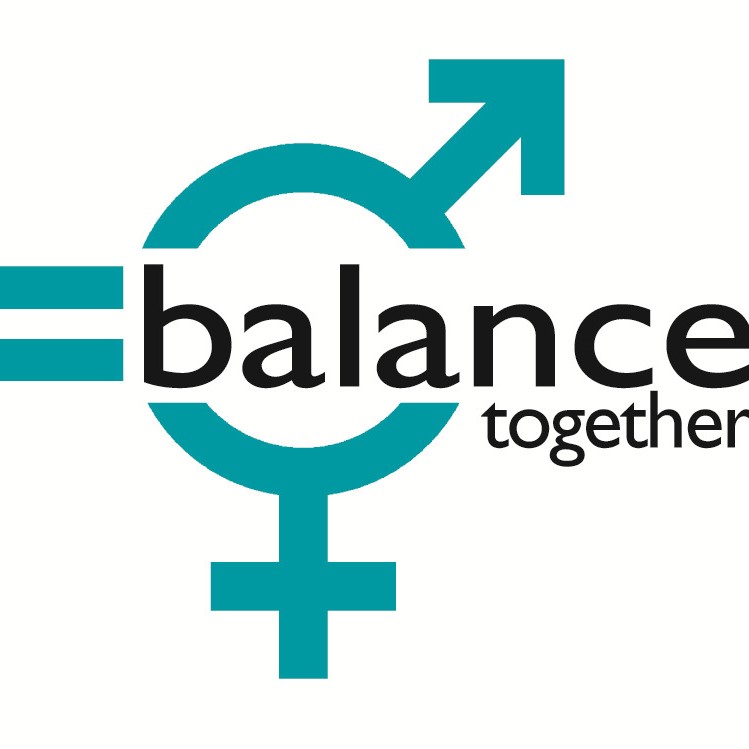Keeping in Touch Days: Strengthening Bonds and Retaining Talent
Retaining employees is more important than ever
Keeping in Touch (KIT) days provide an opportunity for employees on maternity leave to stay connected with their workplace and colleagues.
KIT days have been available in the UK since the introduction of maternity leave reforms in 2003 and their purpose is to facilitate a smoother transition back to work following a period of maternity leave, therefore providing more support for women in the workplace. Since the introduction of Shared Parental Leave there are now a further 20 SPLIT (Shared Parental Leave in touch) days that both parents can share, allowing them to work during this period. This is in addition to the 10 KIT days. KIT and SPLIT days are entirely optional for both employer and employee, but the cost of not engaging with employees out on maternity or shared parental leave can be much greater.
These days play a vital role in nurturing relationships, supporting professional growth, and serving as a powerful retention tool for employers. Managing employee retention is critical in these days of talent shortage and people teams should use all tools available to ensure that they retain new parents in the workforce. In this blog post, we'll explore the significance of KIT days and their impact on fostering employee loyalty and preserving institutional knowledge.
- Fostering Employee Loyalty: By offering KIT days, employers demonstrate their commitment to work-life balance and show employees that their contributions and well-being are valued. This strengthens loyalty and reduces the likelihood of employees seeking new job opportunities after their maternity leave.
- Retaining Talent: KIT days help retain talented employees by allowing them to maintain a connection with the workplace, fostering engagement, motivation, and a smooth transition back to work. This reduces turnover rates and saves organisations the costs associated with recruitment and training new employees.
- Preserving Institutional Knowledge: When employees on maternity leave participate in KIT days, they can contribute their expertise and insights, preserving institutional knowledge within the organisation. Their continued involvement ensures that valuable information is shared, preventing knowledge gaps and enhancing overall productivity.
- Building Stronger Teams: KIT days strengthen team bonds as returning employees share their experiences, expertise, and insights. Colleagues benefit from their continued involvement, fostering collaboration, knowledge-sharing, and a sense of continuity within the team.
- Enhancing Employer Brand: Organisations that embrace KIT days as a retention tool demonstrate their commitment to supporting working parents and fostering a family-friendly work environment. This approach can enhance the employer brand, attract top talent, and differentiate the company as an employer of choice.
Conclusion: KIT and SPLIT days not only benefit working parents on maternity and shared-parental leave, but also serve as a powerful retention tool for employers. By offering these opportunities, organisations can foster employee loyalty, reduce turnover, preserve institutional knowledge, build stronger teams, and enhance their employer brand. Embracing the importance of work-life balance and supporting the transition back to work, KIT and SPLIT days create a win-win situation for both employees and employers.
Get in touch today!
Karen - 07766 405 773
Chris - 07976 212 981
Email - enquiries@balancetogether.co.uk
Realise the benefits of better gender-balance and don't get left behind.

